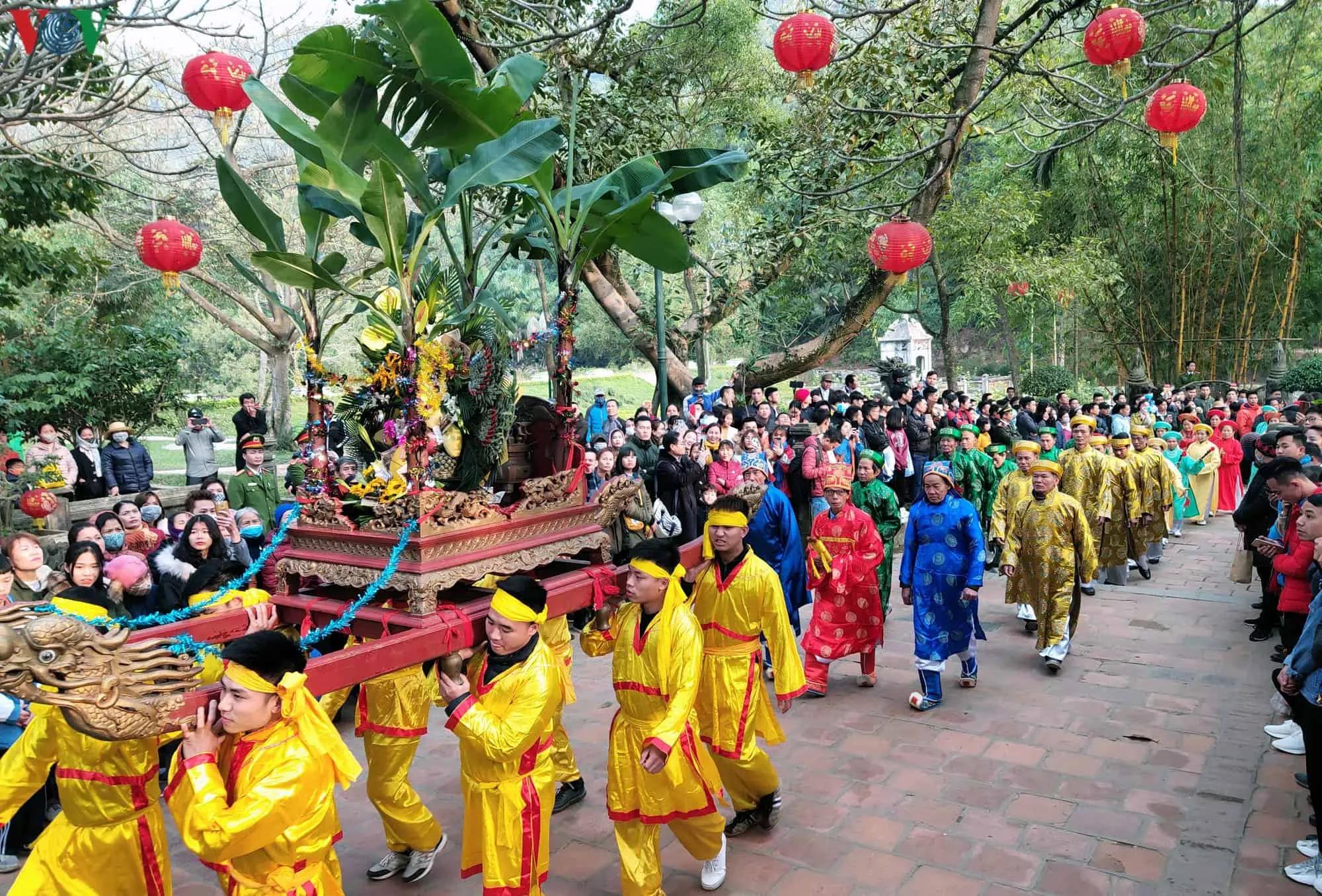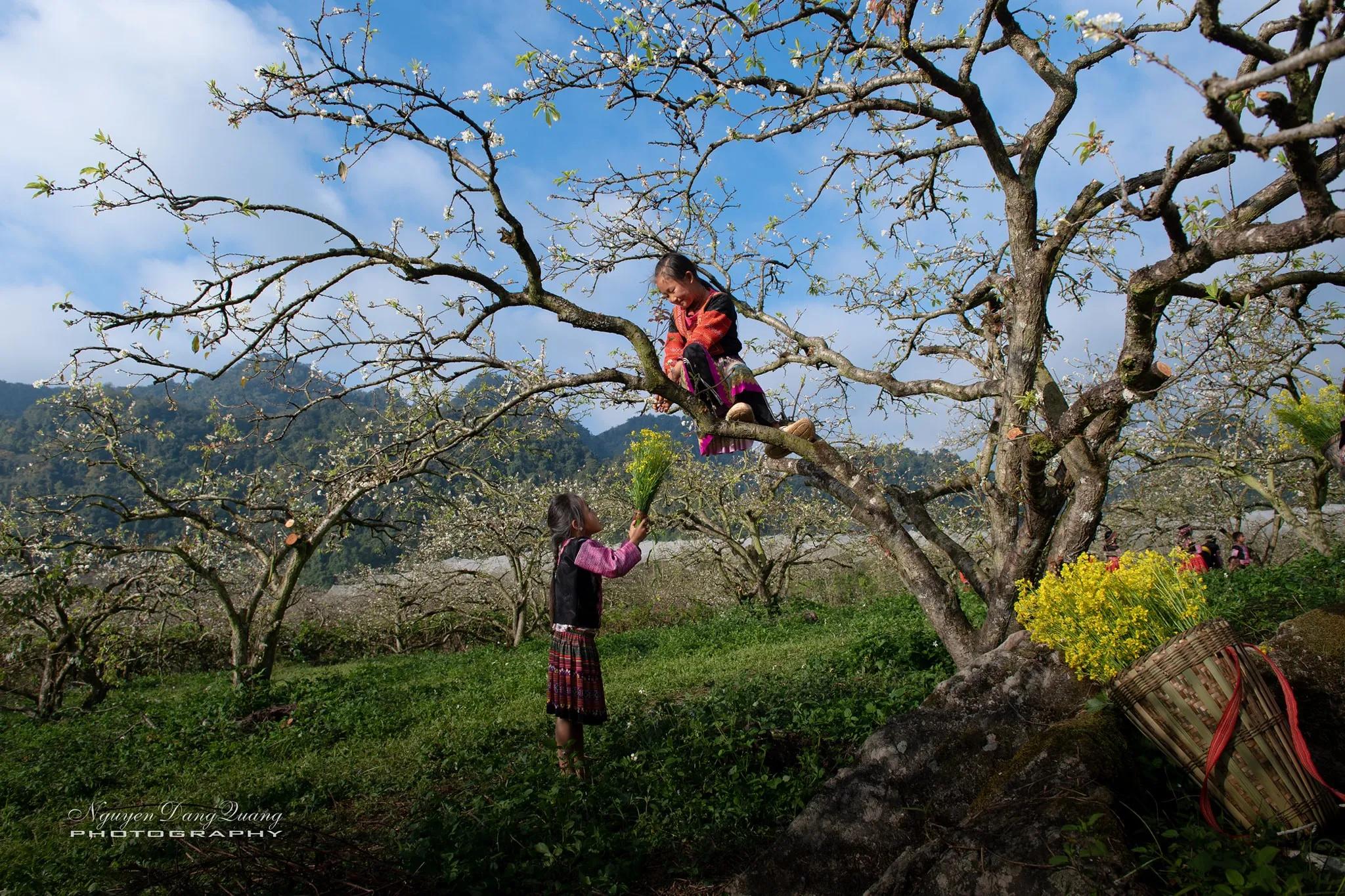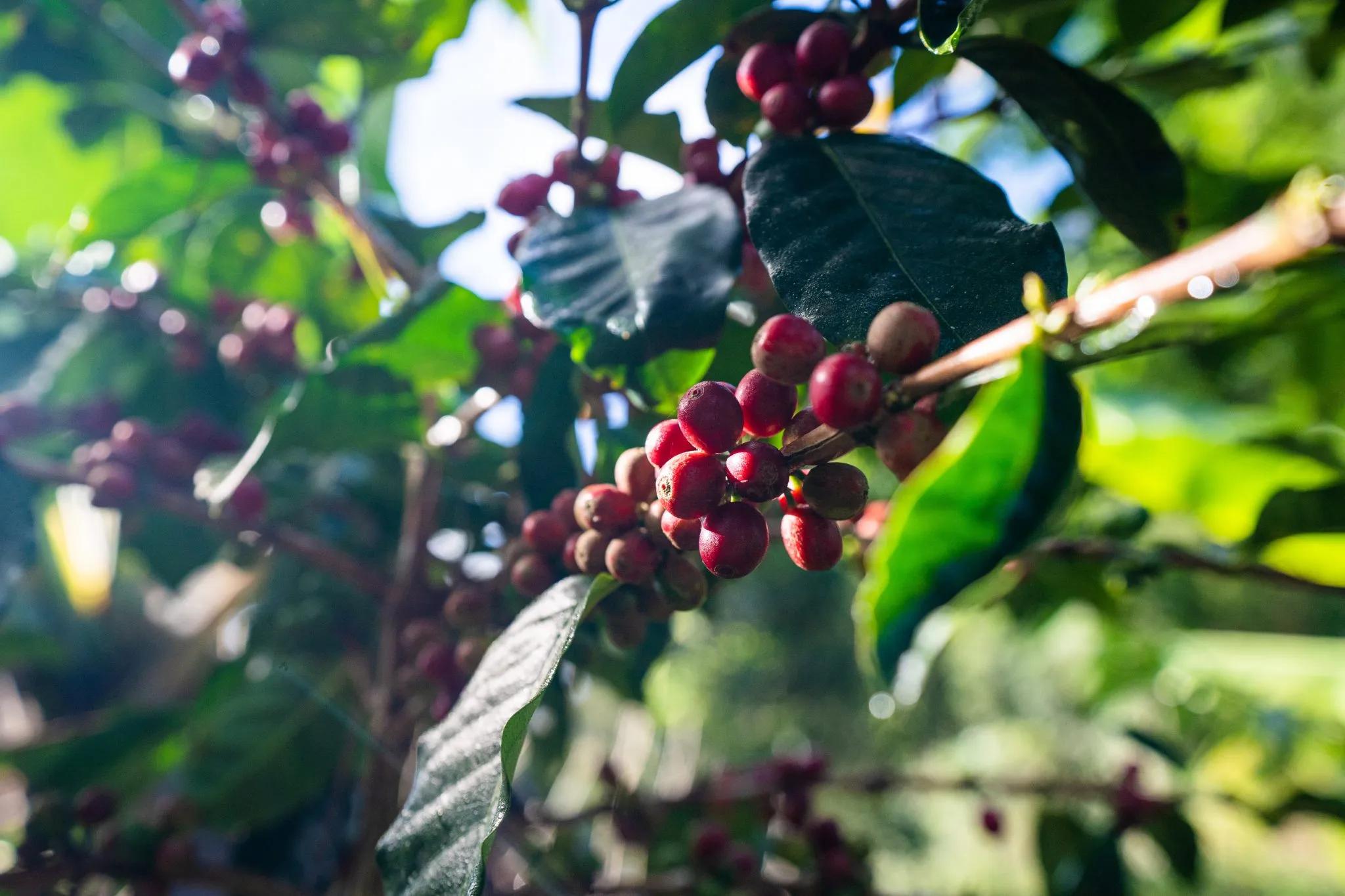Seasons and climate
The Seasons and Climate page provides an insight into Vietnam’s diverse climate and seasonal patterns across its regions, providing insight into the best times to visit and the experiences you can enjoy. Vietnam’s climate is divided into three distinct regions: North, Central and South, each with its own weather patterns and seasonal events.
In North, you will experience four distinct seasons: spring, summer, autumn and winter. Spring (March to May) is characterized by mild temperatures and blooming flowers, making it the ideal time for festivals such as the Perfume Pagoda Festival. Summer (June to August) brings warmer temperatures and occasional rain, perfect for exploring the lush landscapes of Sapa and Ha Giang. Autumn (September to November) has cool, dry weather, ideal for hiking and sightseeing in Hanoi and Ha Long Bay. Winter (December to February) can be cold, especially in the mountains, but it is a great time to experience the cultural richness of the Lunar New Year celebrations.
With Central, The region has a climate divided into dry seasons (January to August) and rainy seasons (September to December). The dry season is the ideal time to visit Hoi An ancient town and the historical sites of Hue, while the rainy season brings vibrant festivals such as the Mid-Autumn Festival.
The Southern provinces have a tropical climate with two main seasons: dry season (November to April) and rainy season (May to October). The dry season is ideal for beach activities in Phu Quoc and exploring the Mekong Delta, while the rainy season brings lush green landscapes and unique experiences such as the Southern Fruit Festival.
Throughout the year, Vietnam hosts numerous events and festivals, from Tet Nguyen Dan (Lunar New Year) and the Hue Festival to the Hoi An Lantern Festival and the Da Lat Flower Festival. Each season and region offers its own unique experiences, making Vietnam a year-round destination for travelers seeking diverse cultural and natural attractions.




